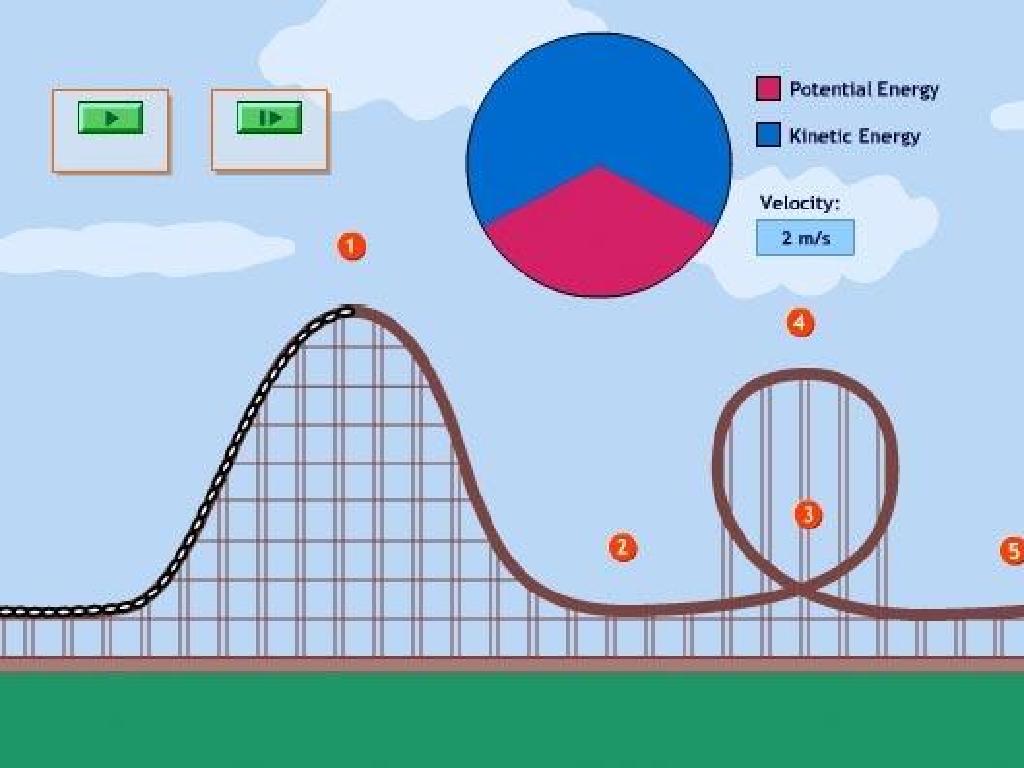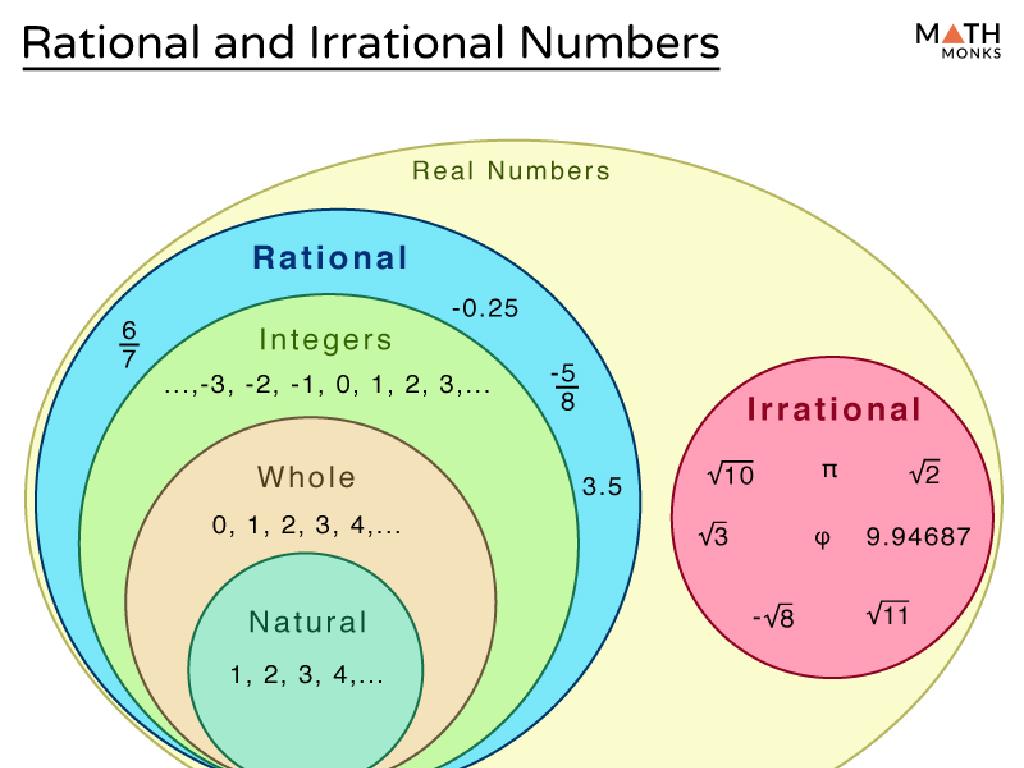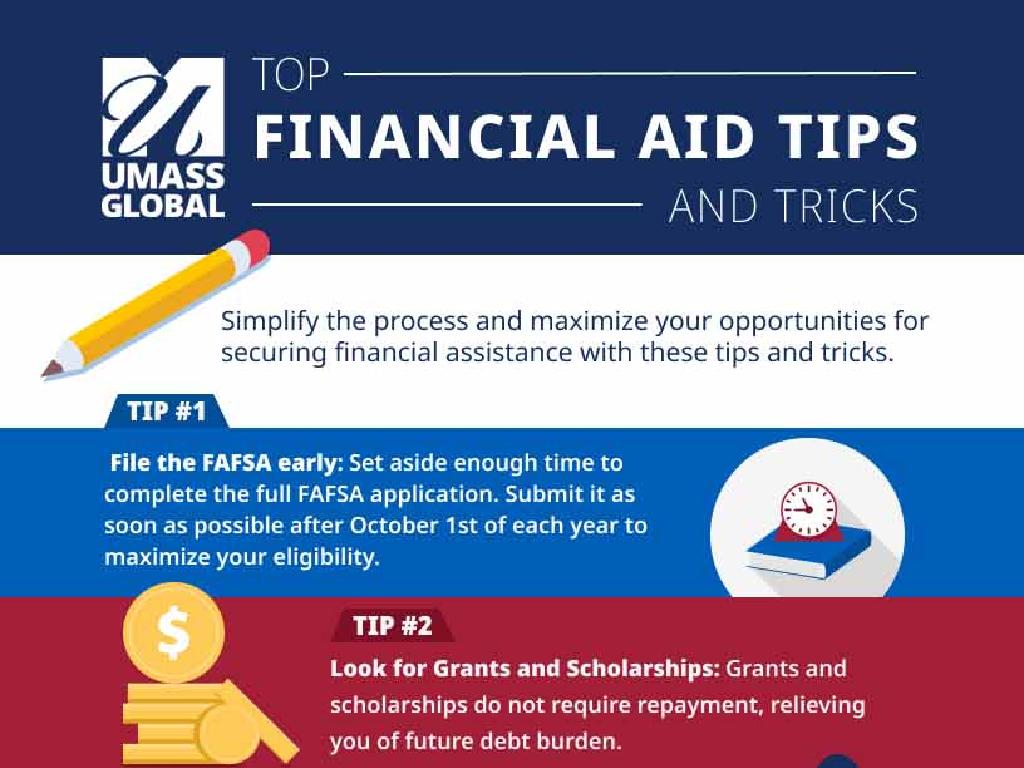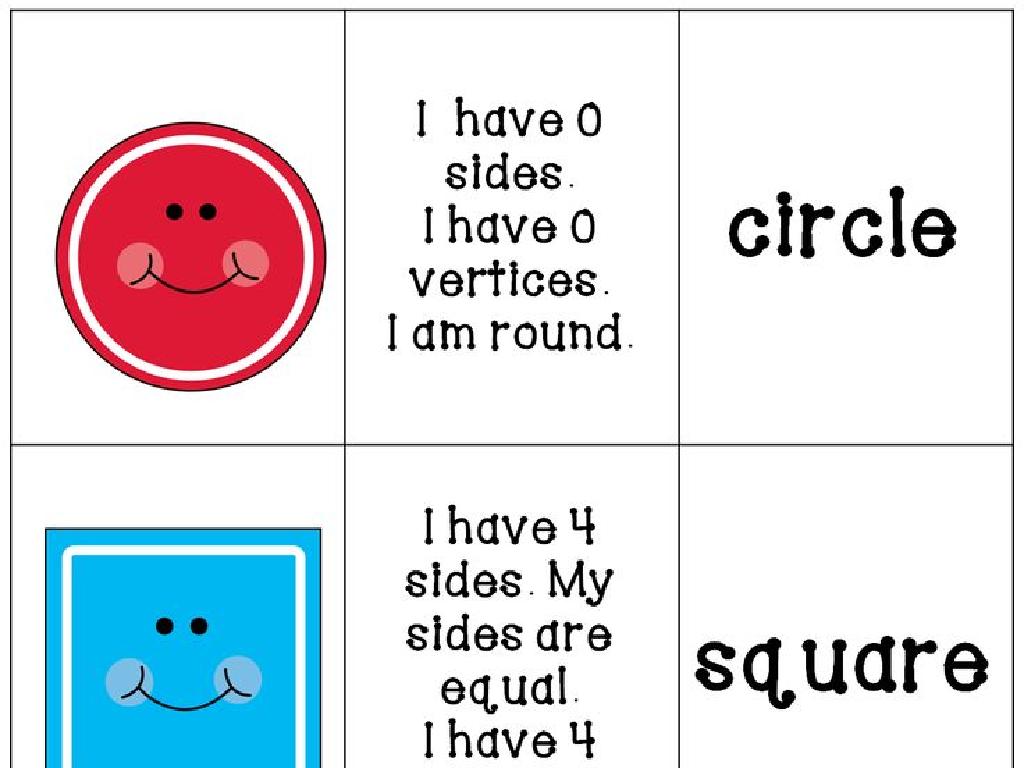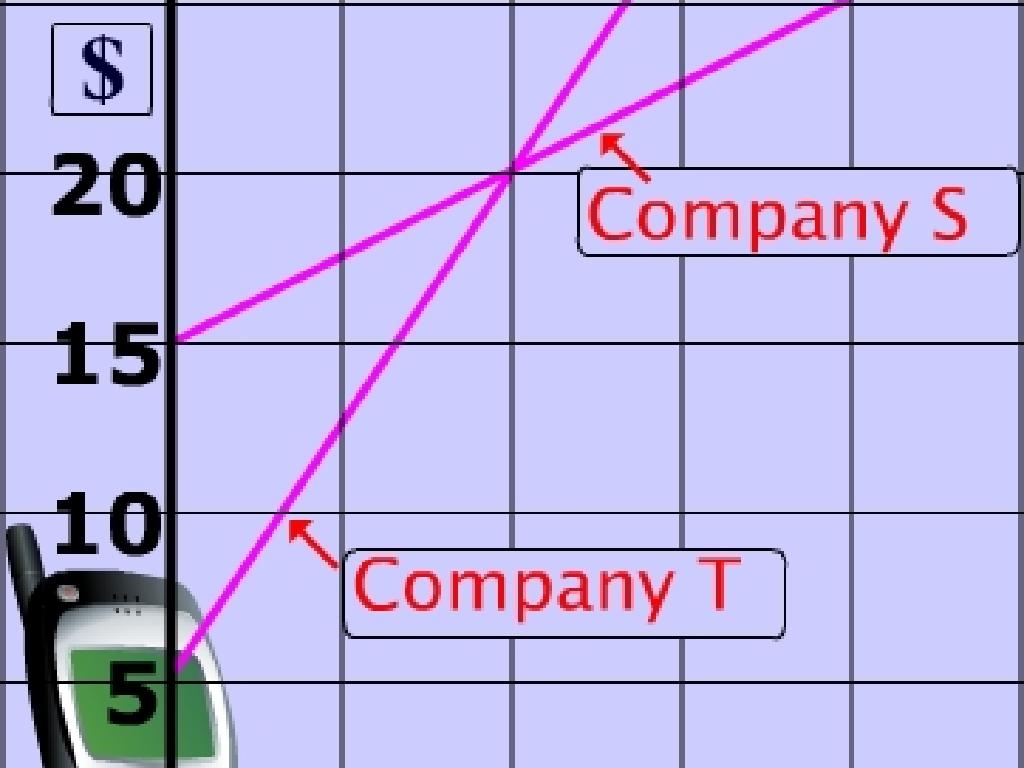Choose The Lowercase Letter That Matches: F, I, J, L, M, T, Y
Subject: Language arts
Grade: Kindergarten
Topic: Lowercase And Uppercase Letters
Please LOG IN to download the presentation. Access is available to registered users only.
View More Content
Welcome to the Alphabet!
– Big vs. Small Letters
– Uppercase are big, lowercase are small
– Spot the difference
– Look at the size and shapes of letters
– Special small letters: f, i, j, l, m, t, y
– These small letters are unique
– Match small to big letters
– Find the big letter that looks like each small one
|
This slide introduces kindergarteners to the concept of uppercase and lowercase letters, emphasizing the visual differences between them. Use examples on the board to illustrate the size and shape differences. Focus on the lowercase letters f, i, j, l, m, t, y, and help students recognize these specific letters. Engage the class with an activity where they match each lowercase letter to its uppercase counterpart. Provide physical letter cards for a hands-on experience or draw letters on the board for a matching game. Reinforce learning by celebrating correct matches and gently correcting mismatches, ensuring students understand the pairings.
Meet the Letters: Big ‘F’ and Little ‘f’
– ‘F’ and ‘f’ are friends
– Big ‘F’ is uppercase, little ‘f’ is lowercase
– The sound of ‘f’
– ‘f’ is like a soft whisper of a fan
– Find objects with ‘f’
– Frog, fish, and flower start with ‘f’
– Practice writing ‘f’
|
This slide introduces the letter ‘F’ and its lowercase counterpart ‘f’. Start by showing the students the uppercase and lowercase versions, explaining that they are the same letter, one big and one small. Have the children practice the sound that ‘f’ makes, which is like a soft whisper. Engage the class by asking them to think of and find objects that start with the letter ‘f’. This could include toys or pictures of things like frogs, fish, or flowers. Finally, encourage the children to practice writing the letter ‘f’ on paper or in the air with their fingers to reinforce their understanding of the letter’s shape and sound.
Incredible ‘i’: Matching Lowercase and Uppercase
– Meet Big ‘I’ and little ‘i’
– ‘I’ is tall, ‘i’ is small, but they sound the same!
– The sound of ‘i’ in ‘igloo’
– Like ‘igloo’, ‘insect’, and ‘itch’
– Drawing items starting with ‘i’
– Imagine ‘igloo’, ‘insect’, ‘iguana’, and ‘ice cream’
– Matching ‘I’ with ‘i’
|
This slide introduces the concept of uppercase and lowercase letters using the letter ‘i’ as an example. Explain that ‘I’ is the big version and ‘i’ is the little version, but they both make the same sound, as in ‘igloo’. Encourage the children to draw objects that start with the letter ‘i’ to reinforce the sound and recognition of the letter. Activities can include matching games where children pair uppercase ‘I’ with lowercase ‘i’, and drawing or coloring pictures of items that start with ‘i’. This will help them remember the letter and its sound through visual and auditory association.
Jumping ‘j’: Matching Lowercase and Uppercase
– Big ‘J’ and small ‘j’
– ‘J’ is tall, ‘j’ has a dot.
– The sound of ‘j’
– ‘j’ sounds like the beginning of ‘jelly’.
– Jump like ‘j’
– Let’s stand up and jump like ‘j’!
– Find ‘j’ in words
– Look for ‘j’ in your favorite books.
|
Introduce the letter ‘J’ by showing its uppercase and lowercase forms. Emphasize the dot on the lowercase ‘j’. Demonstrate the sound ‘j’ makes by saying words like ‘jelly’, ‘jump’, and ‘joke’. Engage the students physically by having them jump like the letter ‘j’. This kinesthetic activity helps them remember the shape and sound of the letter. Lastly, encourage them to find the letter ‘j’ in words from books they enjoy or classroom materials, reinforcing their ability to recognize the letter in different contexts.
Lovely ‘l’: Learning Lowercase
– ‘L’ is tall, ‘l’ is small
– ‘l’ sounds like the start of ‘lion’
– The ‘l’ sound is in ‘leaf’, ‘lamp’, ‘love’
– List words starting with ‘l’
– We’ll create a list: ‘leaf’, ‘lion’, ‘lamb’
– Practice writing ‘l’
– Get your pencils ready to write ‘l’
|
This slide introduces the lowercase letter ‘l’ to Kindergarten students. Start by showing the difference in size between the uppercase ‘L’ and lowercase ‘l’. Emphasize the ‘l’ sound by using the word ‘lion’ and other simple ‘l’ words like ‘leaf’, ‘lamp’, and ‘love’. Engage the class by creating a collaborative list of words that start with the ‘l’ sound, encouraging participation from all students. Finally, have the students practice writing the letter ‘l’ on paper, ensuring they understand the difference in size compared to the uppercase ‘L’. This activity will help them recognize and write the lowercase ‘l’ and associate it with its sound.
Mighty ‘m’: Matching Lowercase to Uppercase
– ‘M’ is big, ‘m’ is small
– Both make the ‘m’ sound
– ‘m’ as in ‘mouse’
– Example: ‘mouse’, ‘moon’, ‘milk’
– Practice making the ‘m’ sound
– Let’s say ‘mmmm’ together!
|
This slide introduces the concept of uppercase and lowercase letters using the letter ‘m’ as an example. Emphasize to the students that while ‘M’ and ‘m’ may look different, one being big and the other small, they both represent the same sound. Use familiar words such as ‘mouse’, ‘moon’, and ‘milk’ to illustrate the sound ‘m’ makes. Engage the class by having them practice making the ‘m’ sound together, reinforcing their understanding through repetition and mimicry. This activity helps students in recognizing the letter ‘m’ in both its forms and associating it with its corresponding phoneme.
Matching Tall ‘t’
– Big ‘T’ and little ‘t’
– Notice how tall the letter ‘T’ stands, just like a tree!
– ‘t’ is for ‘turtle’
– Think of ‘turtle’ and how it starts with the ‘t’ sound.
– Tap the table with ‘t’ sound
– Practice tapping the table to the rhythm of ‘t-t-t’.
– Find the little ‘t’ in your book
|
This slide is designed to help Kindergarten students recognize and match the uppercase ‘T’ with its lowercase counterpart ‘t’. Start by showing them both forms of the letter and explaining that ‘t’ is the small version of ‘T’. Use the word ‘turtle’ to illustrate the ‘t’ sound, which can help them remember the letter’s sound. Engage the students by having them tap the table to mimic the sound of ‘t’, making it a fun and interactive activity. Finally, encourage them to find the lowercase ‘t’ in their books or in classroom materials to reinforce letter recognition. This activity will help students with letter identification and understanding the concept of uppercase and lowercase letters.
Yawning ‘y’: Matching Lowercase and Uppercase
– Meet big ‘Y’ and little ‘y’
– The ‘y’ sound in ‘yoyo’
– ‘y’ sounds like the beginning of ‘yoyo’ or ‘yellow’
– Pretend to yawn with ‘y’
– Stretch and yawn, can you make the ‘y’ sound?
– Find ‘y’ in your favorite books
– Look for ‘y’ while reading with mom or dad
|
This slide introduces the letter ‘Y’ to Kindergarten students, emphasizing both its uppercase and lowercase forms. Start by showing them the visual difference between ‘Y’ and ‘y’. Then, help them connect the sound of ‘y’ to a familiar object, like a ‘yoyo’. Engage the class by having them physically yawn and notice the ‘y’ sound they make. This kinesthetic activity helps solidify the letter’s sound. Lastly, encourage students to find the letter ‘y’ in books they read at home, reinforcing recognition. This activity can be extended by having students bring their favorite book to class and share the words they found containing the letter ‘y’.
Matching Game: Big and Small Letter Friends
– Match big letters with small ones
– Find the small ‘f’ for the big ‘F’
– Look for the little ‘f’ that looks like the big ‘F’
– Match all letters on the board
– We’ll use the board to match each big letter to its small friend
|
This slide introduces a matching game activity to help Kindergarten students recognize and match uppercase and lowercase letters. Start by explaining that each big letter, or uppercase letter, has a small friend, which is the lowercase version. Show them an uppercase ‘F’ and ask them to find the lowercase ‘f’. Then, proceed with other letters. Use a board to visually match them. This activity helps with letter recognition and understanding the concept of uppercase and lowercase letters. For the activity, prepare cutouts of both uppercase and lowercase letters and ensure each student gets a chance to match a pair on the board. Encourage them and provide positive feedback as they make correct matches.
Class Activity: Letter Hunt
– Let’s go on a Letter Hunt!
– Find objects starting with f, i, j, l, m, t, y
– For example, ‘f’ for ‘fan’ or ‘i’ for ‘ink’
– Draw or write your findings
– Match objects to the letters
– Ensure each object’s name starts with the correct letter
|
This activity is designed to help Kindergarten students recognize and match lowercase letters with objects that begin with those letters. Set up the classroom with various objects that start with the letters f, i, j, l, m, t, and y. Provide each student with a paper that has these letters printed on it. Students will move around the classroom and search for objects that start with each letter. When they find an object, they can either draw it or write the name next to the corresponding letter. This activity promotes letter recognition, understanding of initial sounds, and handwriting practice. Possible variations of the activity could include pairing students to work as a team, using stickers or stamps to mark found items, or setting a timer for a fun, fast-paced hunt.

